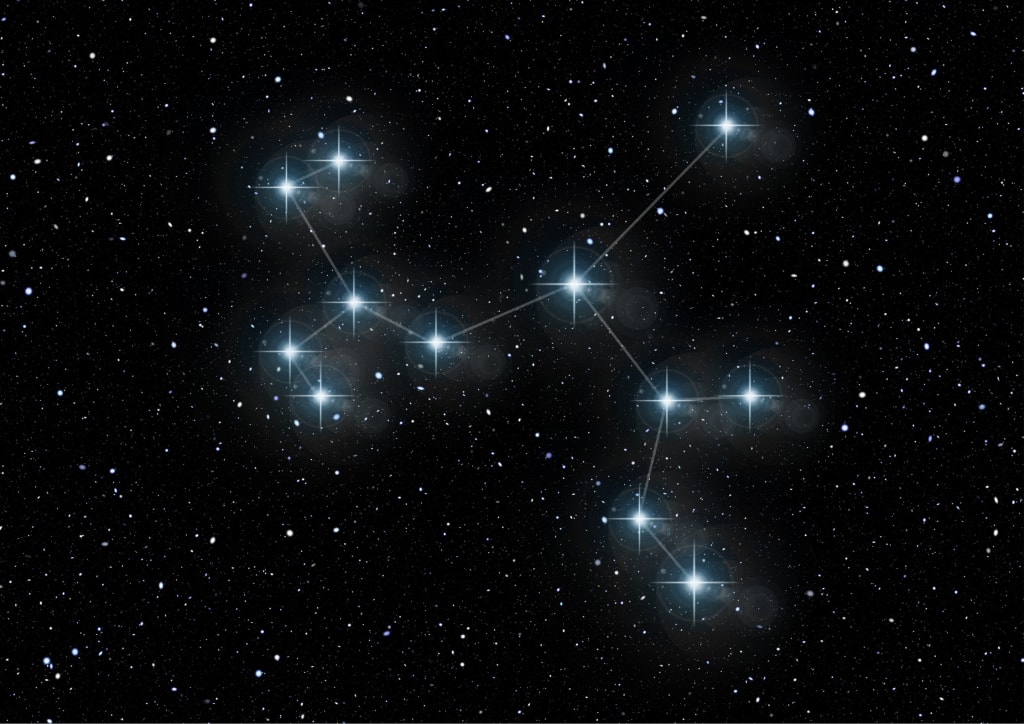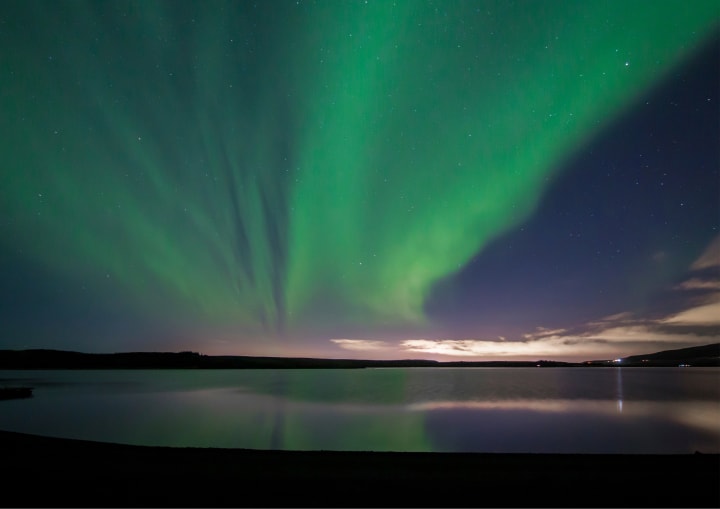
Stars of Northern Skies
The stars of the northern skies have been captivating humans for millennia, inspiring myths and legends, guiding travelers, and serving as a reminder of our place in the vast universe. From the twinkling lights of the Big Dipper to the bright star Vega, the northern sky is filled with wonders that have fascinated astronomers, poets, and stargazers for generations. In this article, we will explore some of the most notable stars of the northern skies, their history, and what they mean to us today.

Polaris
Polaris, also known as the North Star, is perhaps the most famous star in the northern sky. Located in the constellation Ursa Minor, or the Little Dipper, Polaris has been used as a navigational aid for thousands of years. Because it appears almost directly above the North Pole, Polaris appears to be stationary in the sky while the other stars appear to rotate around it. This makes it an invaluable tool for navigating at night, particularly for travelers in the northern hemisphere.
In addition to its practical uses, Polaris has also played a role in mythology and folklore. In Greek mythology, it was said that the goddess Hera placed the giant Atlas in the sky to hold up the heavens and that he was transformed into the constellation of the same name. The North Star, which was close to the pole and appeared to remain motionless while other stars moved around it, was said to be the nail that held up the heavens.
Vega
Another well-known star in the northern sky is Vega, which is located in the constellation Lyra. Vega is one of the brightest stars in the sky, and it has been observed by astronomers since ancient times. In the 17th century, the Dutch astronomer Christiaan Huygens used Vega to measure the first stellar parallax, which allowed astronomers to calculate the distance to nearby stars. Vega also played a role in the discovery of the phenomenon known as precession, which is the gradual shifting of the Earth's axis over time.

Vega has also been a source of inspiration for poets and artists. In the 19th century, the French poet Paul Verlaine wrote a poem entitled "Clair de lune" ("Moonlight"), which describes the beauty of a summer night illuminated by the light of Vega. In popular culture, Vega has been referenced in numerous songs, books, and movies, including the science fiction novel Contact by Carl Sagan.
Moving on from Vega, we come to the constellation of Orion, which contains some of the most recognizable stars in the northern sky. Orion is visible throughout the world and is particularly prominent during the winter months in the northern hemisphere. The three stars that makeup Orion's belt Alnitak, Alnilam, and Mintaka – are some of the brightest in the constellation, and they are often used as a reference point for finding other stars in the night sky.
Orion
Orion has played a role in mythology and folklore in many cultures throughout history. In Greek mythology, Orion was a giant hunter who was eventually killed by the goddess Artemis. In Norse mythology, the constellation was associated with the god Odin, who was said to have hung himself from the World Tree, Yggdrasil, for nine days and nights in order to gain knowledge of the universe. In ancient Egyptian mythology, Orion was associated with the god Osiris, who was said to be reborn each year in the constellation.
Moving on from Orion, we come to the Big Dipper, which is one of the most recognizable asterisms in the northern sky. The Big Dipper is not a constellation in its own right, but rather a group of stars that form part of the constellation Ursa Major, or the Great Bear. The seven stars of the Big Dipper are easily visible to the naked eye and are often used as a reference point for finding other stars and constellations in the sky.
The Big Dipper
The Big Dipper has played a role in many cultures throughout history. In Native American mythology, the seven stars of the Big Dipper were said to be the Great Bear, who was hunted by the hunter, who was represented by the constellation Orion. In Chinese mythology, the stars of the Big Dipper were known as the Seven Mansions and were associated with the god of literature, Wen Chang. In the Bible, the prophet Amos refers to the constellation as the "Seven Stars" in his prophecies.
Arcturus
Another notable star in the northern sky is Arcturus, which is located in the constellation Boötes. Arcturus is one of the brightest stars in the sky, and it has been known and observed by humans for thousands of years. In ancient Greece, Arcturus was known as the "Bear Watcher" because it appeared to be looking after the Great Bear, which is located nearby in the sky.
Arcturus has also played a role in astronomy. In the early 20th century, it was used as a standard for measuring the brightness of other stars, and it remains an important reference point for astronomers today. Arcturus has also been used to study the motion of stars, as its movement through space can be measured relative to other stars in the sky.
Betelgeuse
Finally, we come to the star Betelgeuse, which is located in the constellation Orion. Betelgeuse is one of the largest and brightest stars in the sky, and it is easily visible to the naked eye. It has been observed and studied by astronomers for centuries, and it has played a role in the development of our understanding of the universe.
Betelgeuse has also been the subject of fascination and speculation in popular culture. In the science fiction novel The Hitchhiker's Guide to the Galaxy by Douglas Adams, Betelgeuse is the home planet of the character Ford Prefect. In the movie Beetlejuice, the title character is named after the star.
Conclusion
In conclusion, the stars of the northern skies are a source of wonder and fascination for people around the world. From the practical uses of stars like Polaris for navigation to the inspiration they provide to artists and poets, to their role in mythology and folklore, the stars of the northern skies have played an important role in human culture for thousands of years. Whether you are a seasoned astronomer or simply enjoy gazing up at the stars on a clear night, the northern sky is filled with wonders waiting to be explored.
About the Creator
Gokila
She is an astrophile, introvert,
loves to read books all day long,
addicts in healthy lifestyle
and having curiosity to know about new things.
Life Is As Beautiful As You Make It. Contentment Is The Key To Happiness. Peace Be Upon The Saviour.






Comments
There are no comments for this story
Be the first to respond and start the conversation.